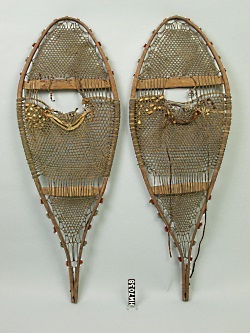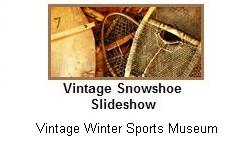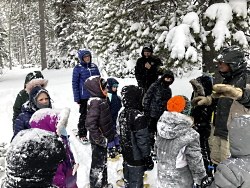
Courtesy & Copyright Josh Boling, Photographer
“Don’t try to help me up yet,” I instructed, choking back laughter through a face full of snow.
Third graders teetered in their snowshoes on the edge of the tree well with mixed emotions written on their faces—equal parts concern and confusion. I was sunk to my armpits in snow, insisting that they not help me out of it. The learning had begun.
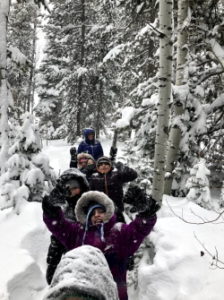
Courtesy & Copyright Josh Boling, Photographer
“I guess we’re not as good as the snowshoe hare,” one student quipped as a flurry of helpful hands and a borrowed ski pole finally freed me from the hole.
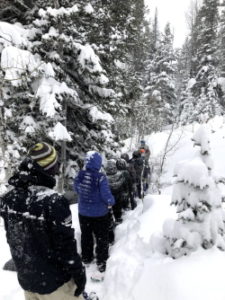
Courtesy & Copyright Josh Boling, Photographer
Snow continued to fall while students offered up their hypotheses: “We have tools, like coats and snowshoes and ski poles”; “we help each other, like a community!” “We don’t have special body parts, so we have to try new things to survive.”
Someone mentioned “structural adaptations.” A familiar murmur of agreement as someone used another science term, “behavioral adaptations,” language maybe once thought too complex for 9-year-olds. But it was language students had developed over the course of a few months closely studying the wildlife of Utah—language they were putting to work now, constructing new understandings of the world in real time.
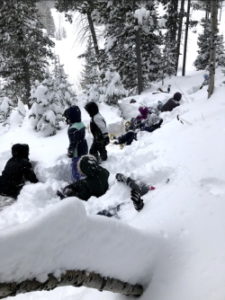
Courtesy & Copyright Josh Boling, Photographer
As a matter of state law, the Utah State Board of Education expects third graders to, quote, “Engage in argument from evidence that in a particular habitat…some organisms can survive well, some survive less well, and some cannot survive at all” (UT SEEd Standards, 3.2.5, 2019).

The Joy of Teaching Outdoors
Courtesy & Copyright Josh Boling, Photographer
I’m Josh Boling, and I’m Wild About Utah.
Snowshoes and Adaptations-Credits:
Snowshoes and Adaptations
Photos: Courtesy and Copyright Josh Boling, Photographer
Audio: Includes audio from Josh Boling
Text: Josh Boling, 2020,
Snowshoes and Adaptations-Additional Reading
Boling, Josh, Why I Teach Outside, Wild About Utah, November 11, 2019, https://wildaboututah.org/why-i-teach-outside/
Strand, Holly, Shoeshoe Hare, Wild About Utah, November 18, 2010, https://wildaboututah.org/snowshoe-hare/

